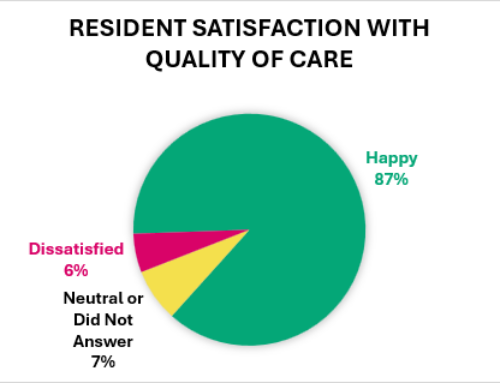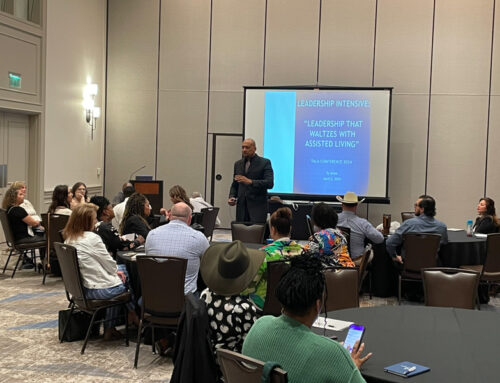From the desk of Rose Saenz, VP of Workforce Development for TALA
Communities across the industry are witnessing, in real time, extremely high turnover rates and lack of engagement from staff. A recent analysis of nursing facilities published by the Journal Health Affairs based on Payroll-based Journal (PBJ) reporting looked across the US in 2017 and 2018 of more than 15,000 facilities studied off federal data, reviewed 492 million shifts worked by 4.4 million staffers. The findings concluded 95% staff turnover rates primarily noting RNs, LVNs, and CNA’s as the main positions affecting the high turnover.
These results are pre-pandemic. Post pandemic has dramatically impacted staffing across all lines of senior living services. What are communities to do? At this pace, quality care, services and continuity are compromised if communities do not have stable staff to deliver.
The research suggest an organization dig into its own people and heal from within. Creating a Culture of Empowerment focuses on the dedicated individuals already employed and invest to retain, engage and empower existing staff. By doing so, organizations reduce turnover impacting quality of services, improve staff moral/loyalty/engagement and revitalize operational performance.
Harvard Business Review (HBR) article titled Building A Culture That Aligns With People’s Values shares “Great culture should provide continuous alignment to the vision, purpose, and goals of the organization.” Is your organizations Why - your Mission statement well known throughout your community? The research notes by aligning your mission and messaging with the values of your employees, job satisfaction and retention improve.
Additionally, the article sites survey’s noting people would rather put up with lower pay (65%) and forego a fancy title (26%) than deal with a bad workplace environment.
Steps to Creating a Culture of Empowerment
Step 1 - Survey your staff
“A foundation of what enables a culture to thrive is the extent to which employees are empowered to be engaged, feel valued, and be heard.”2 Ask the tough questions and keep responses anonymous! Do you feel your pay is fair? What is your most difficult challenge when working? Do the hours schedule work for your life schedule? etc. By asking you eliminate the guessing game of what benefits staff want or need. The key is to ask! By doing so, the first step to empowerment begins to take shape.
Step 2 - Analyze the results
Sit back, breathe, and see the truth of what matters to staff. Take an objective view point to see staff experience. Once the results are consolidated, the opportunities begin to surface.
Step 3 - Communicate
Share results with staff. Empower staff with the information and begin the open dialog on possible solutions. By sharing the results, staff feel heard and the organization has a clearer picture of what matters.
Step 4 - Take Action
Based on the survey results AND staff shared possible solutions, decide on what priority items to tackle first. Action is a team effort. Involve staff members, not just leaders to help tackle the items that can be addressed immediately and keep communication on status.
Step 5 - Celebrate Success!
Publicly celebrate success stories. For example if you were experiencing 50% or greater turnover, and after implementing actions around what matter to staff, a quarter later you are at 35% turnover, CELEBRATE! That is great success and staff can feel that change.
Step 6 - Stick with it!
Empowered Culture is ongoing and continuously evolving. Survey often and keep current with staff changing needs.
To share your thoughts on employee recruitment and retention, connect with Rose Saenz, VP of Workforce Development. At TALA, Together we are stronger in addressing industry challenges!






